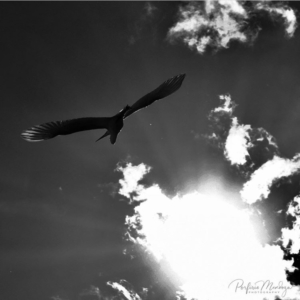The Birds are Back

Modern ecology is framed by two insights of the unexpected ways that human actions in one area create cascading losses in another. From Silent Spring to Thinking Like a Mountain, we have seen how pesticides in the food web can decimate bird populations (leading to Rachel Carson’s call to arms) or how the elimination of one species (the wolves in Aldo Leopold’s study) can lead to explosive growth in another and the loss of an entire habitat.
Along the shores of Long Island Sound we are seeing another phenomena take hold: decades of environmental improvements show how habitats can rebound from loss, making spring once again the season we welcome the birds.
The Birds Are Back
From the deck of the Schooner SoundWaters over the past few weeks, passengers and crew have seen nesting ospreys reclaiming their majestic perches, cormorants stretching their wings atop every pier and piling, oyster catchers swooping through the air, and dozens of mallard ducks raucously engaging in mating movements. Over at Cove Island we see dozens of wading birds (Snowy Egrets, Great Egrets, and Black-crowned Night Herons) poised among the grasses as they feed and the Purple Martins are busy building their nests in the gourds supplied by local birders. Earlier in the spring at Norwalk Cove Marina, our Schooner crew saw a pair of nesting eagles – their fourth year in the area.
These observations align with more exacting studies. The EPA Long Island Sound Study captures bird data as part of their long-term indicator studies- and the numbers are looking up, including the Piping Plover. Numbers of these birds have improved from a low of 21 nesting pairs in CT in 1998 to 64 pairs in 2018. This increase over two decades is a crucial indicator of habitat improvement: protected beaches and sufficient food. The Piping Plover, which nests on beaches, is particular vulnerable to human activity and their success is directly related to extensive conversation efforts.
Hope For the Future
The past decline of all these amazing species can be directly linked to human impact (the leaching of chemicals and our destruction of habitats). Yet the good news is that we are learning from our mistakes. We can take the knowledge of scientists like Carson and Leopold and turn that into policy and regulations that can improve and repair the natural world. As we face the reality of human’s larger destructiveness in the science of climate change we can perhaps find hope in these local stories of redemption. The return of the birds is a reminder that we can do it; we can study the science, support the legislation and play our own part to create the next generation’s story of bringing us back from the brink.



